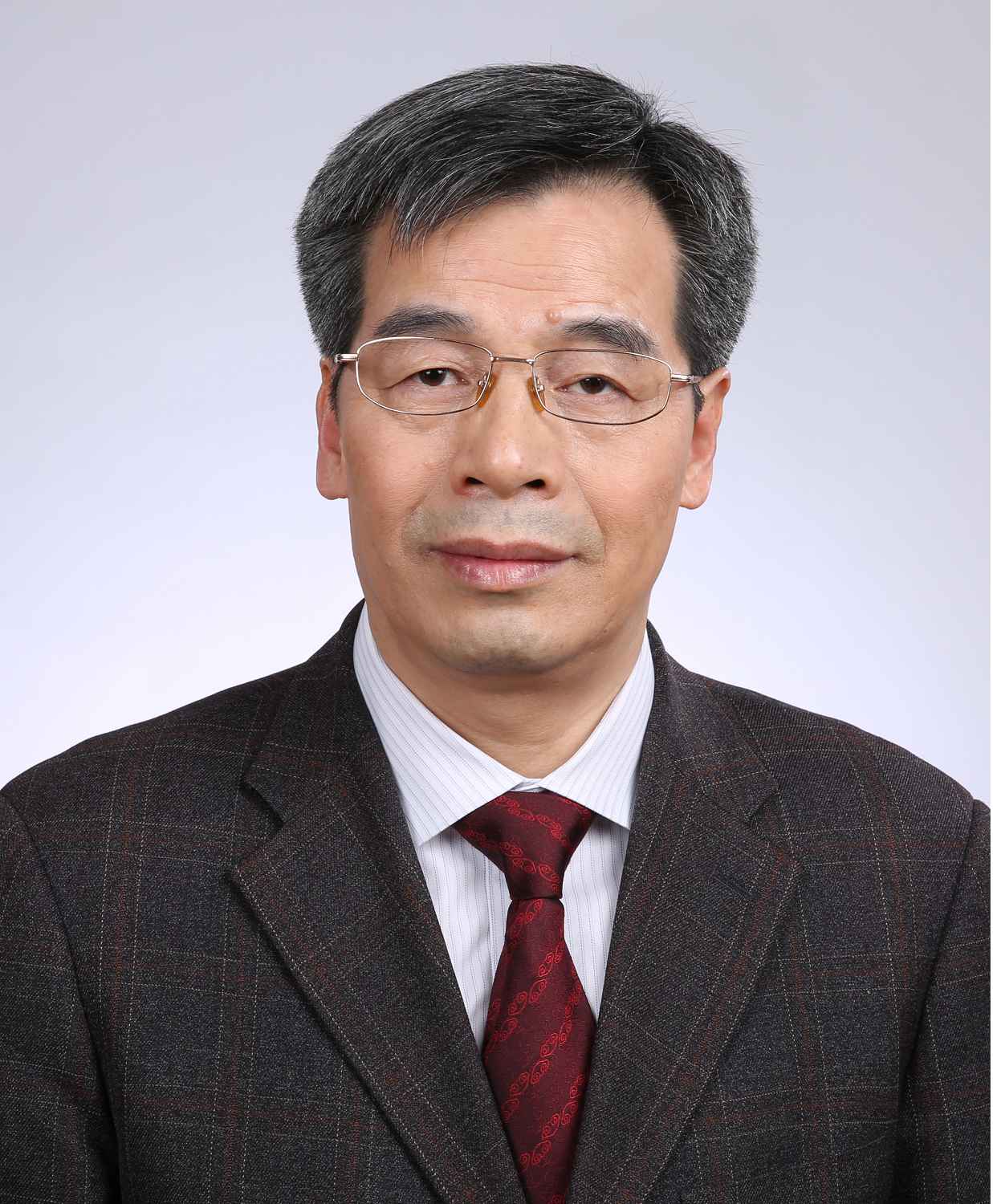Integrated Computational Materials Engineering
Integrated Computational Materials Engineering



Xie Jianxin: Academician of Chinese Academy of Engineering, Professor of the University of Science and Technology Beijing, recipient of the National Science Fund for Distinguished Young Scholars, and Yangtze River Scholar
【Chief Members】
Xie Jianxin Academician of Chinese Academy of Engineering, Professor of the University of Science and Technology Beijing, recipient of the National Science Fund for Distinguished Young Scholars, and Yangtze River Scholar
【Research Background】
Theoretical and methodological development of Integrated Computational Materials Engineering (ICME) will transform new material R&D from the traditional “trial-and-error” manner of experiment to the “theoretical prediction, experimental verification” manner, and will quickly establish the relationship of material composition-phase structure-performance and relevant databases, significantly reducing research input costs, shortening the R&D cycle, and greatly improve the R&D efficiency of new materials. These will enhance China’s science and technology reserves in the field of new materials and improve the rapid response and engineering capabilities needed to cope with the demand for new, high-performance materials.
【Research Objectives】
We aim to develop high-throughput multi-scale, concurrent/parallel, automatic process computing methods and dedicated software with proprietary intellectual property rights. It will be built for an operating environment that supports high-throughput computing based on high-performance computing platforms, and form an open shared, high-throughput platform for the computing and design of materials. It is expected to achieve rapid, low-cost screening and design of new materials, as well as efficient exploration of new material effects.
【Main research areas】
1. Design and software development for integrated high-throughput material computing
2. Theoretical calculation and simulation study on the microstructure evolution and strengthening mechanism of advanced structural materials (including copper alloys, titanium-based alloys, and nickel-base superalloys)
【Significant Research Progress】
1. Design and software development for integrated high-throughput material computing
(1) Platform construction
A multi-core large-memory high-performance computing workstation was built, and the open-source computing software OpenCALPHAD for phase diagrams and the phase-field simulation software OpenPhase, were installed and tested. With the platform’s hardware and software allowing remote login and calculation, the platform has begun to provide computational simulation services to other research groups.
(2) Dedicated software development
Professor Du Qiang led the development of the mesostructure simulation software PreciMS, which can be used to achieve whole-process simulation of the microstructure of multi-component aluminum alloys. It is expected to be able to predict the evolution of microstructure characteristics such as grain size, as well as the volume fraction, type, and size distribution of the precipitated phase during the whole process of solidification and heat treatment of aluminum alloys. The software is currently recognized as an advanced alloy design and process optimization software in the ICME research area.
Based on the classical solidification theory, a model of aluminum alloy microstructure was constructed, and the commercial modeling software Alstruc was developed for aluminum alloy microstructure. The software considers solid-state diffusion and supercooling of grain growth, and by means of inputting aluminum alloy composition and cooling conditions, it provides a curve of temperature versus the solid-phase volume fraction, the solute distribution, and the type and size distribution of intergranular precipitated phase.
(3) Artificial intelligence application and big data
An artificial intelligence method was employed to automatically discriminate and fit the massive data generated from the computing of phase diagram software. The method can significantly improve the efficiency of accessing and storing phase diagram data in computational microstructure simulations, and of providing data support for high-throughput material computing.
2. Theoretical and simulation studies of microstructure evolution and the strengthening mechanism of advanced metal materials (including high-strength and high-conductivity copper alloys, high-strength aluminum alloys, titanium-based alloys, and nickel-based superalloys)
(1) Prediction studies are performed on the relationship of process-composition-structure-property during thermal aging treatment of high-strength aluminum alloys. This is expected to lead to the establishment of an accurate mathematical prediction model for the distribution evolution of the grain morphology and size of strengthening phases in thermal aging treatment, and a prediction model for the microstructure characteristics and strength. Figure 1 presents a proposed flow chart for the prediction of new microstructure and property based on the grain size distribution of a disc-shaped strengthening phase.
(2) For the processing of high-performance copper alloys, a SINTEF-developed microstructure model based on the frequency function method was adopted to carry out whole-process microstructure simulation.
(3) Collaborative research was conducted in the field of integrated computing of titanium alloys and nickel-based superalloys with Ohio State University and the SINTEF.

Figure 1 Flow chart for the prediction of new microstructure and property based on the concept of grain size distribution of a disc-shaped strengthening phase
